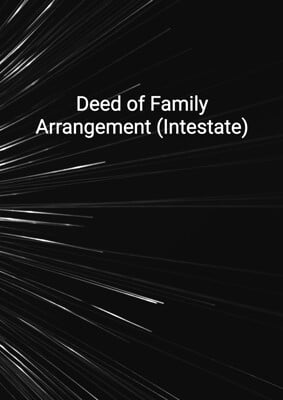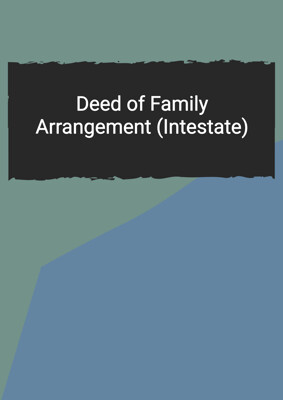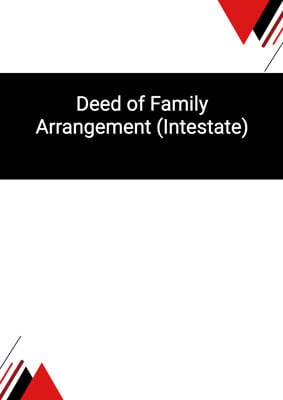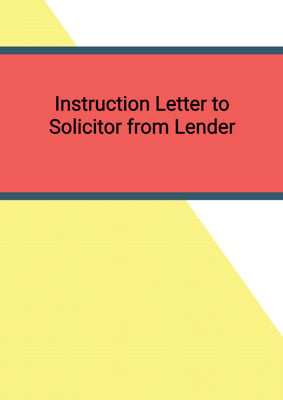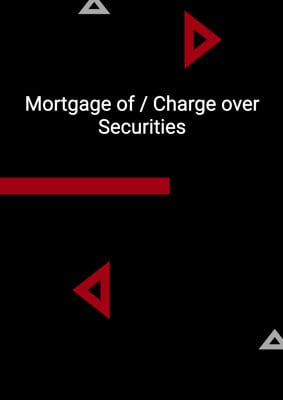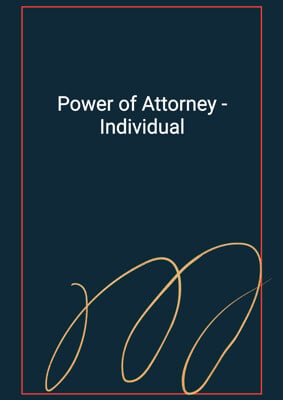
Deed of Release (Full Release)
Sale and Purchase of Company
Deed of Release for Security/Charge in relation to a Sale and Purchase transaction. The Seller has given a first floating charge in favour of the Chargee of all its property and assets under a Trust Deed, which include the shares and debentures of the Company being sold. The Chargee will need to release the Charge in order for the acquisition to proceed.
How to Tailor the Document for Your Need?
01
Create Document
Fill in the details of the parties. You can click the "Fill with Member’s Information" button to complete it with information saved to your account.
02
Fill Information
Please fill in any additional information by following the step-by-step guide on the left hand side of the preview document and click the "Next" button.
03
Get Document
When you are done, click the "Get Document" button and you can download the document in Word or PDF format.
04
Review Document
The document should be signed by the authorised signatory (or directors of a company) and witnessed to complete the formality.
Document Preview
Document Description
The Deed of Release (Full Release) is a legal document that serves as a supplemental agreement to a trust deed. It involves three parties: the Seller (Party 1), the Chargor (Party 2), and the Chargee (Party 3). The purpose of this deed is to release and discharge the Chargor from any and all liability in respect of the principal amount of the existing stocks and interest thereon, as well as all other moneys intended to be secured by the trust deed.
The document begins with a preamble that outlines the background and context of the deed. It states that the trust deed, which is currently in effect, established the existing stocks of the Seller and includes provisions for a first floating charge in favor of the Chargee. The Chargor, being a subsidiary of the Seller, has given this charge as collateral security for the payment of the principal amount of the existing stocks and interest thereon.
The Seller now intends to sell the entire issued share capital of the Chargor, and as per the trust deed, the Chargee has consented to this proposed sale and the release of the charge. This Deed of Release is executed to formalize the release and discharge of the Chargor from all liability and obligations under the trust deed.
The main provisions of the deed are as follows:
1. Release of Liability: The Chargee releases and discharges the Chargor from any and all liability in respect of the principal amount of the existing stocks, interest thereon, and all other moneys intended to be secured by the trust deed.
2. Absolution from Covenants: The Chargee releases and absolves the Chargor from all further liability under and compliance with any of the covenants, terms, and provisions of the trust deed.
3. Release of First Floating Charge: The Chargee releases the undertaking and all the property and assets of the Chargor from the first floating charge given as collateral security for the payment of the principal amount of the existing stocks, interest thereon, and all other moneys intended to be secured by the trust deed. The Chargor is authorized to lodge an appropriate memorandum to signify complete satisfaction in respect thereof.
The deed concludes by stating that a memorandum of the execution of this deed will be endorsed on the trust deed. It is executed, signed, sealed, and delivered as a deed on the date shown on the first page.
Overall, the Deed of Release (Full Release) is a crucial document that formalizes the release of the Chargor from its obligations and liabilities under the trust deed, allowing for the proposed sale of the Chargor's share capital by the Seller.
How to use this document?
Guidance for using the Deed of Release (Full Release):
1. Understand the Background: Familiarize yourself with the trust deed and its provisions, particularly those related to the existing stocks and the first floating charge given by the Chargor.
2. Obtain Consent: Ensure that the Chargee has given consent to the proposed sale of the Chargor's share capital and the release of the charge. Without the Chargee's consent, the deed cannot be executed.
3. Prepare the Deed: Use the provided template to draft the Deed of Release (Full Release). Include the names and registered addresses of all parties involved (Seller, Chargor, and Chargee), as well as the date of the deed.
4. Release of Liability: Clearly state in the deed that the Chargee releases and discharges the Chargor from any and all liability in respect of the principal amount of the existing stocks, interest thereon, and all other moneys intended to be secured by the trust deed.
5. Absolution from Covenants: Specify that the Chargee releases and absolves the Chargor from all further liability under and compliance with any of the covenants, terms, and provisions of the trust deed.
6. Release of First Floating Charge: Include a provision in the deed stating that the Chargee releases the undertaking and all the property and assets of the Chargor from the first floating charge given as collateral security. Authorize the Chargor to lodge an appropriate memorandum to signify complete satisfaction.
7. Endorsement on Trust Deed: Ensure that a memorandum of the execution of this deed is endorsed on the trust deed to reflect the completion of the release.
8. Execution and Delivery: The deed should be executed, signed, sealed, and delivered as a deed by all parties involved. Make sure the date of execution matches the date shown on the first page of the deed.
9. Record Keeping: Keep a copy of the executed deed for record-keeping purposes. It is essential to maintain proper documentation of the release and discharge of the Chargor.
By following these steps, you can effectively use the Deed of Release (Full Release) to facilitate the sale of the Chargor's share capital and ensure the proper release of the charge as per the trust deed.
Not the right document?
Don’t worry, we have thousands of documents for you to choose from:




